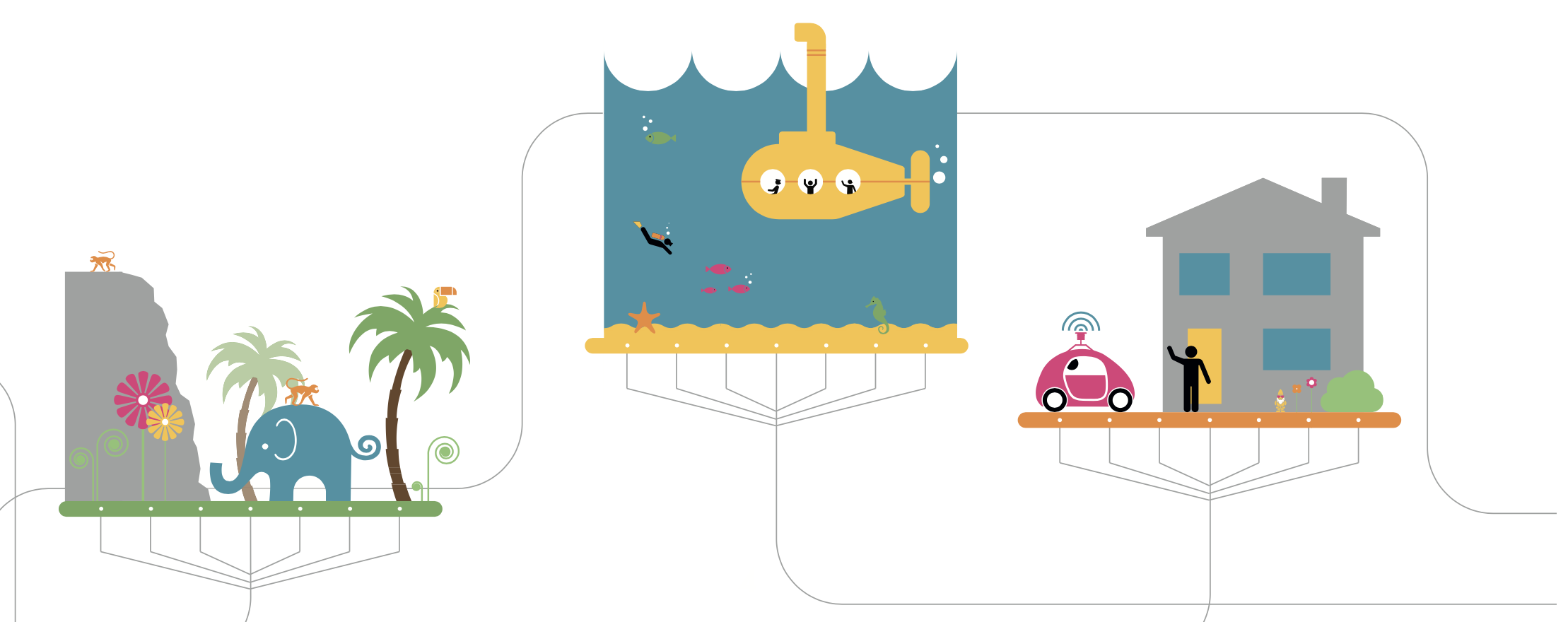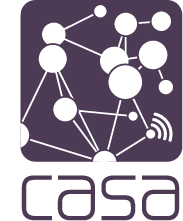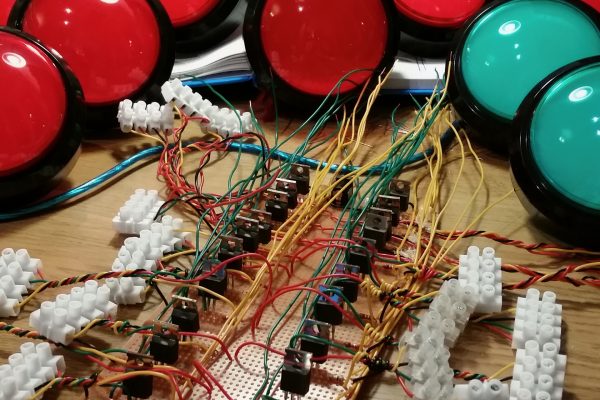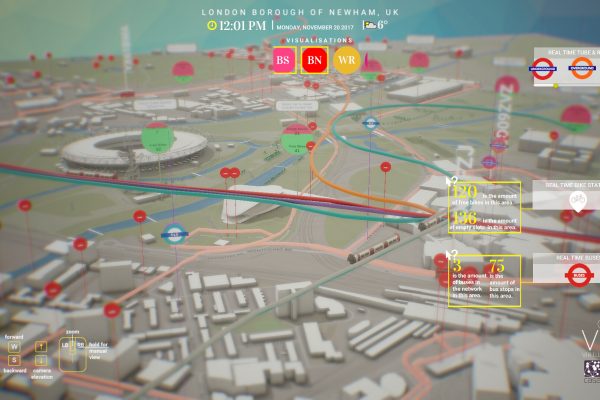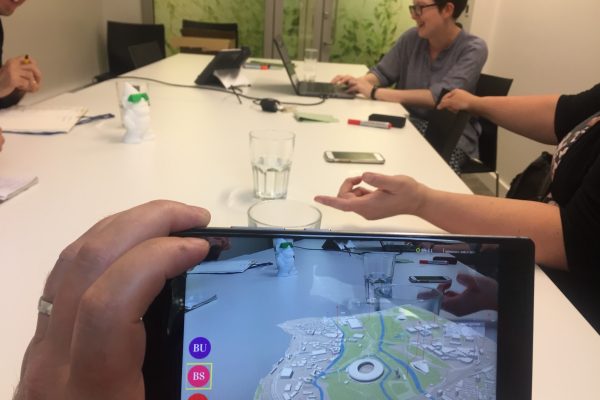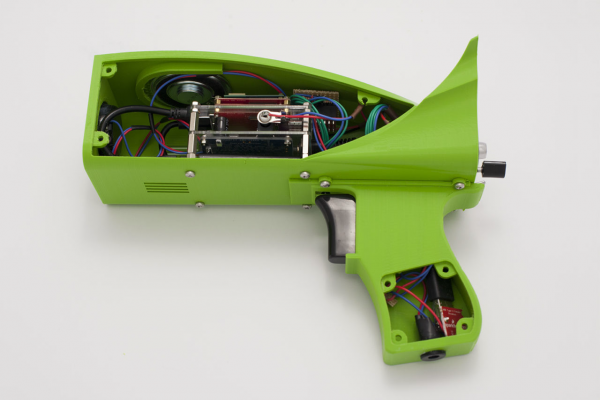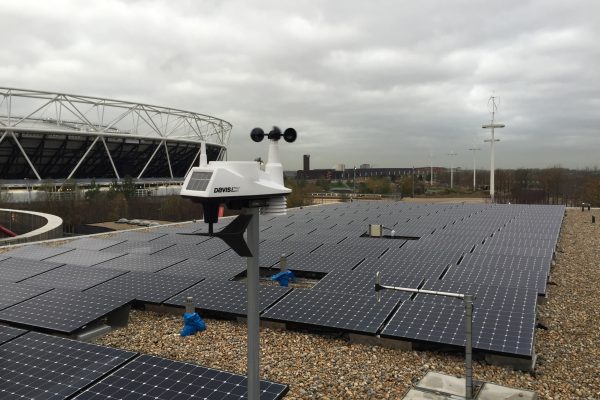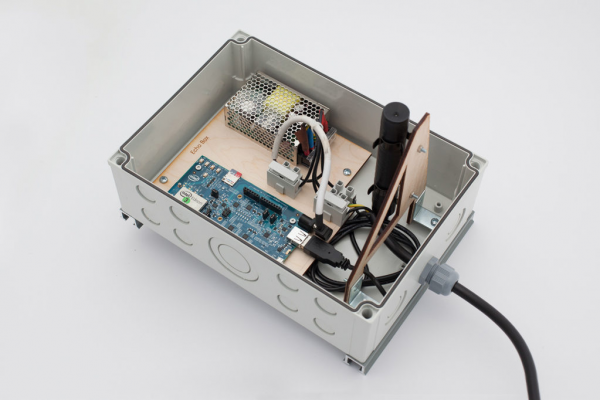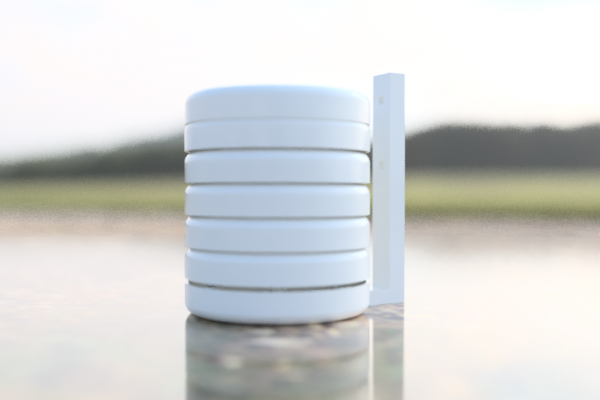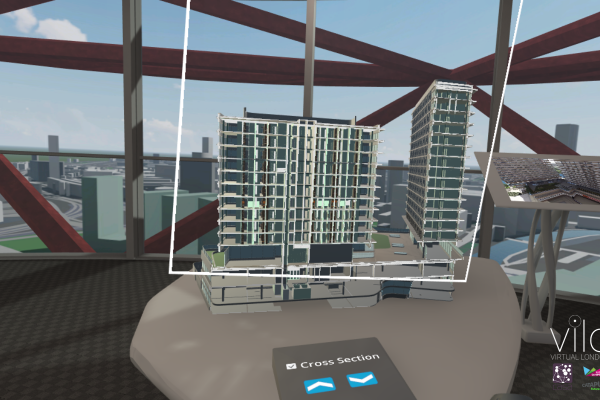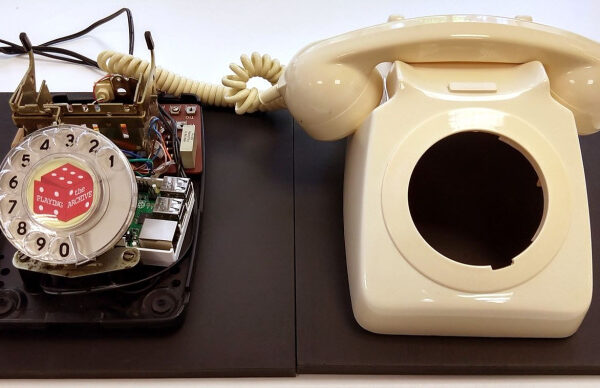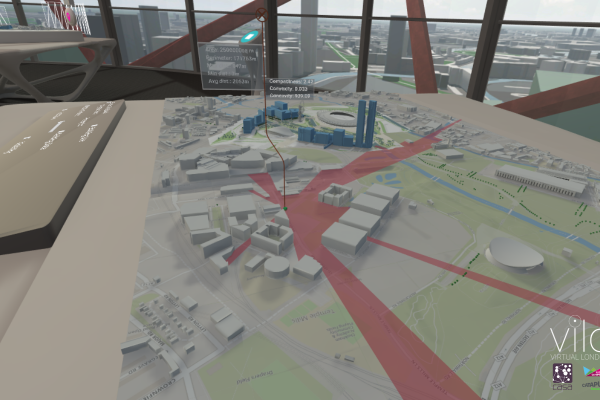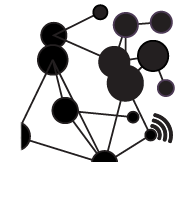Three years in its creation, our new MSc in Connected Environments at University College London is now open for applications to study. Based at the world leading Centre for Advanced Spatial Analysis, part of the Bartlett Faculty for the Built Environment, the programme is being developed as part of the Future Living Institute at UCL East and is heavily influenced by their making, living, originating, connecting academic themes.
We have an exciting new team in place – see our people page for full details – bringing together the some of the best thinkers and makers in sensing, visualising and communicating data around our environments. These environments range from the hyperlocal, such as sensing conditions, utilities and occupancy in rooms and office spaces, through to the city streets and beyond into our natural environment. From measuring air quality, energy usage and environmental conditions through to the flow of traffic or the location of wildlife, connected environments represents a new position in understanding both our built and natural environments.
Our unique kinaesthetic approach means that our research and teaching are delivered within a living lab environment. We believe in learning through doing, and have a focus on building and deploying research led physical prototypes.
Put simply, a connected environment is any place – a home, a building, a street, a park, even a whole city – where sensors have been deployed. Collecting data through these sensors allows it to be analysed, checked for quality control, joined up with other data sets and used to enhance the area, be it for management, social, environmental or economic reasons. Advances in IoT technologies means that we are at the beginning of a revolution in device deployment, data collection and more importantly ease of use, understanding and access to these data sets. You can find out much more about our take on Connected Environments via our new ‘Little Book of Connected Environments and the Internet of Things’.
The degree focuses on the research challenges that relate to the infrastructure required to instrument our built and natural environments. It builds on the need for a set of skills in programming, data capture, visualisation, and prototyping with stakeholders to support the analysis of complex systems. From building your own sensors and applying artifical intelligence through to visualising environments in both Virtual and Mixed Reality, the course will enable students to enter the emerging market of the Internet of Things, Smart Cities, Future Living and Data Science.
We are now accepting a limited number of applications – if you want to join us, and help shape the future, then head over to the ‘How to Apply’ page.
Full details of the course, along with a structure of the course can be found over at our Introduction to the Connected Environments Curriculum page.
Header Image from the Little Book of Connected Environments – Thanks go to ImaginationLancaster, LICA, Lancaster University.
